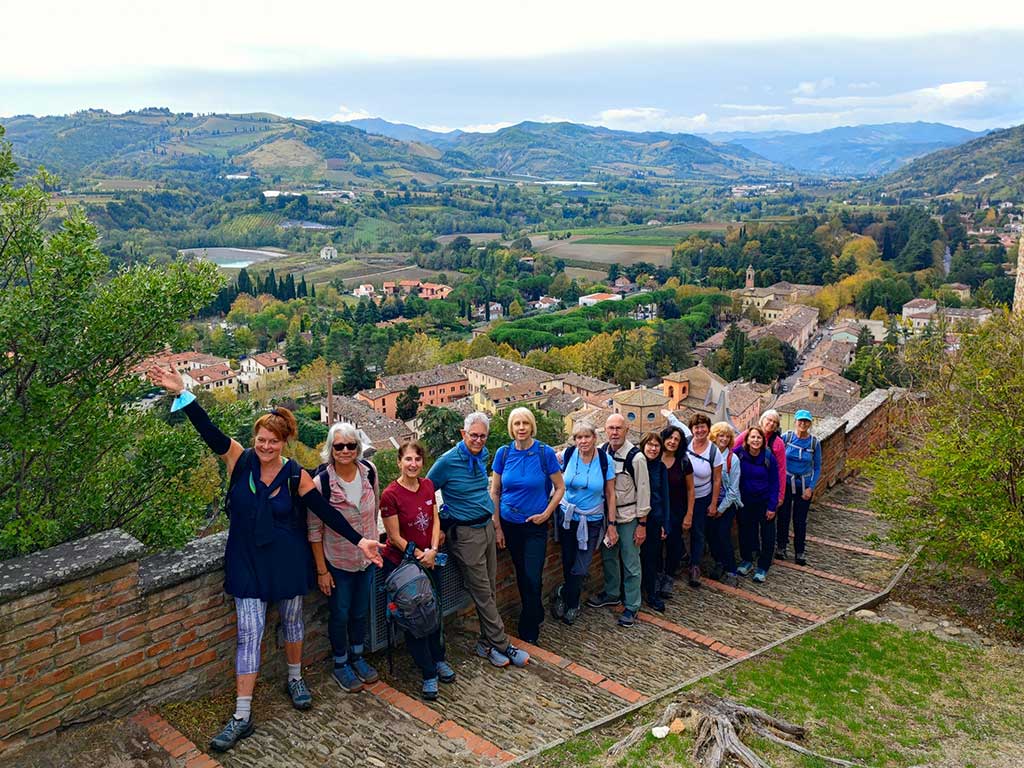
PART II of Emilia-Romagna, The Culinary Heart of Italy
By Nancy Dorrans
Sandwiched between Tuscany, Florence, the Adriatic Sea, and Venice, the Emilia-Romagna region is the real, true, delicious, lively, historic, hospitable… and sometimes weird… Italy. It is far from touristy and full to the brim with passionate Italians, delicious food, wine, and amazing vistas. If you read my article last month you’ll know that – along with old and new friends in two back-to-back small groups – we explored and ate our way around this lesser known region of Italy.
Both groups began in Bologna… with its ever-present Mortadella and salami, cheeses, infinite porticoes, hidden canals, Pignoletto wine, and Pignoletto hills. (See December article.)
Leaving Bologna, we explored the towns of Modena and Castelvetro before heading to Brisighella.
Here we wandered through the three hills of this quaint medieval town with an iconic clock tower, a monastery, and of course, a castle. Group 2 was there on Halloween night. As such, we were treated to the town’s local haunting celebrations. These included ghosts and goblins of all ages, trick-or-treating, dancing to live music, and feasting until the wee hours.
We picked ripe persimmons, toured a Parmesan cheese factory, and visited Leone Conti Societa Agricola, a vineyard and olive grove located in the foothills between Santa Lucia and Oriolo dei Fichi. An area of vast biological diversity, we witnessed the olive harvest and had an olive oil tasting with Group 1. By the next week the olive harvest was over, so Group 2 had a walking tour of the vineyard and a delicious lunch.
Since the 1950’s, the Conti family has been making their own olive oil and wines from traditional native Sangiovese (red) and Trebbiano (white) grapes. I was surprised and delighted to learn from Leone Conti himself that their olive oil is exported to the US and now sold exclusively to his friends Pat and Nancy O’Brien of Fiore Artisan Olive Oils and Vinegars, right here in Maine!
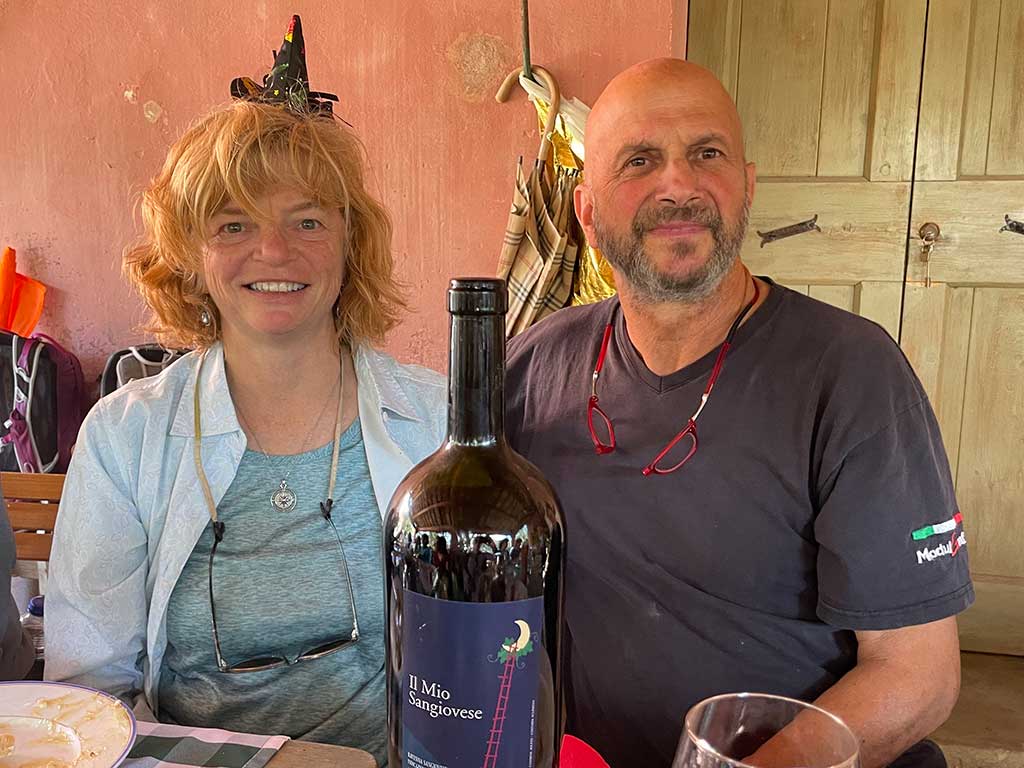
Italy boasts the most (59) UNESCO (United Nations Educational, Scientific and Cultural Organization) sites in the world.
From the picturesque alleys of Brisighella, we trekked along one of these Unesco sites, a gypsum-sulfur plateau with sandstone peaks surrounded by forests, farms and vineyards. This is one of the largest chains of gypsum in Europe. Gypsum carvings were scattered throughout the trail on the way up to Rifugio cà Carnè, a mountain hut refuge where we recharged with a local traditional lunch.
There was a 40th wedding vow renewal ceremony and truffle hunts from Corte San Ruffillo, an 18th century complex of the Rectory and the nineteenth-century Villa Filetto, a noble residence. Next, a visit to Casa Artusi for a Padina (flatbread) making demonstration. Pelogrinno Artusi is known as the “father of Italian cooking.” He is author of “Science in the Kitchen and the Art of Eating Well.” This art, the Italians know, oh so well!
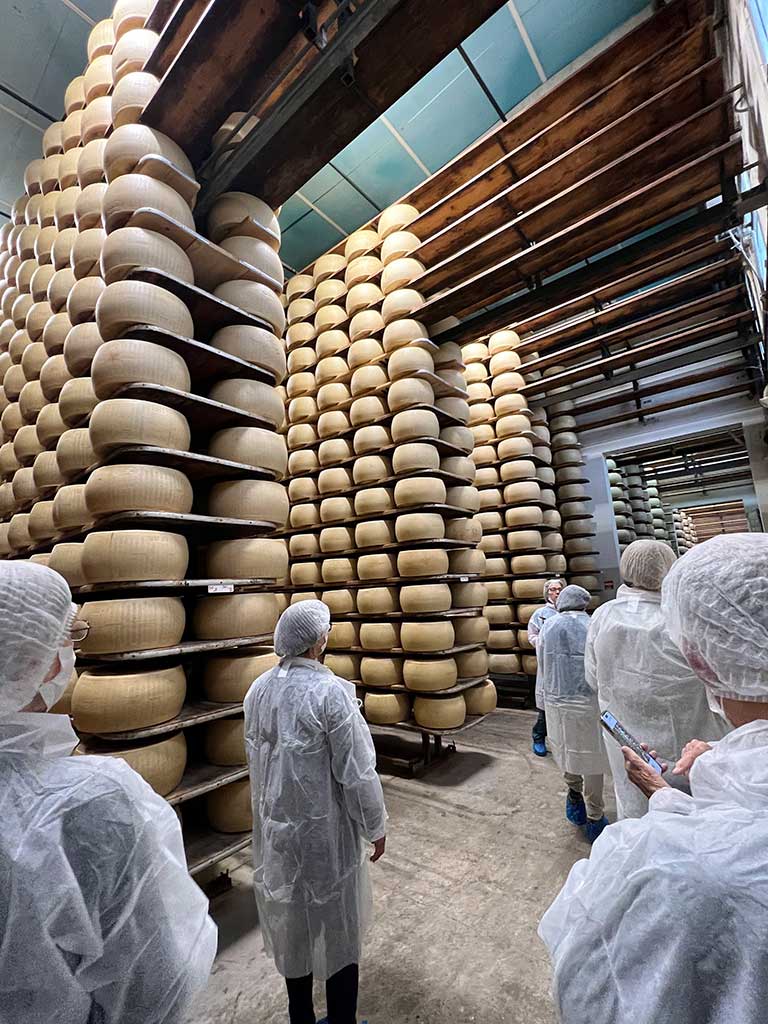
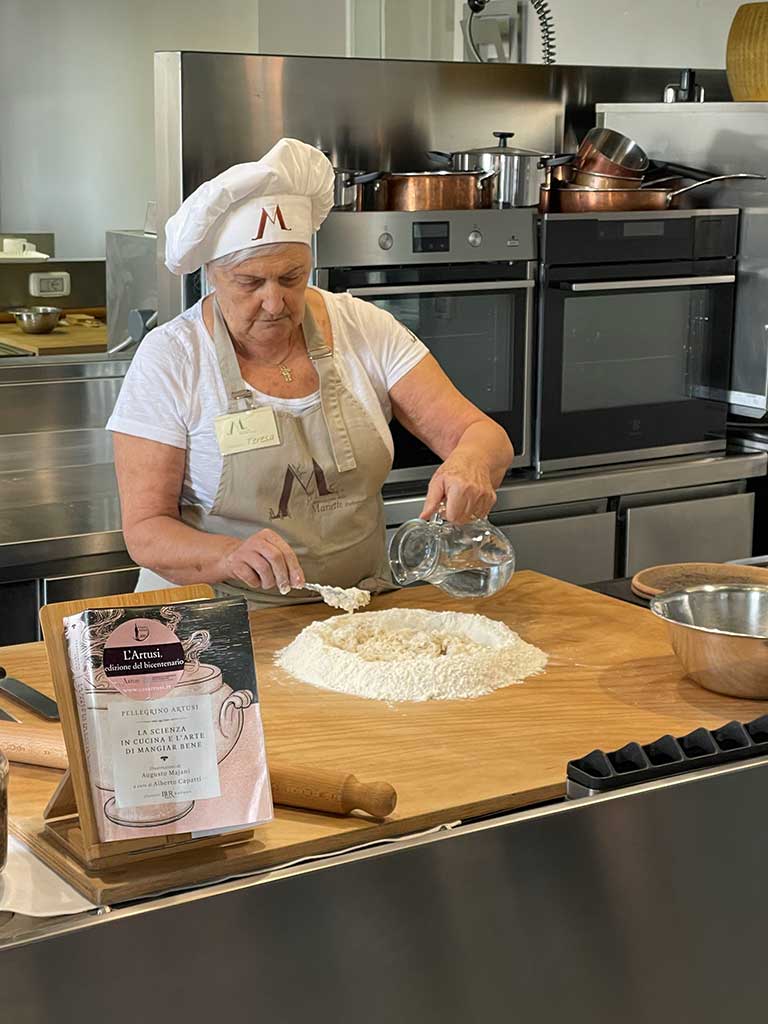
Group 1 continued their tour for a few nights in Florence, while Group 2 continued to the coastal town of Cecenatico. Just in time for Il Pesce fa Festa, the annual Fish Fest. We spotted flocks of pink flamingos while trekking along Parco Regionale Veneto del Delta del Po. Then stood in awe of the Byzantine Mosaics of Ravenna. I could go on and on… and wouldn’t mind going back. Who wants to join me?
I’ve traveled with many groups on so many amazing adventures but these two groups were very special. I think Judy said it best:
“Best trip ever! I wanted to have a deeper experience of Italy and to get off the beaten path a bit. The opportunity to spend time on trails and out in nature, in smaller towns and on farms, with some time in larger cities was particularly appealing. It was an amazing combination of urban and rural, and also human achievement and natural beauty, from the very first full day till the last group day. While it is impossible to select one favorite thing, the opportunity to spend time out in the countryside during walks through the hills, in the vineyards and fields and national parks was outstanding. The hills were a bit challenging for a flat lander like me but our leader and the group were supportive and it worked out. The variety of planned activities allowed for physical, spiritual, and intellectual stimulation. Spending time with the wine makers, chefs, olive oil producers, and balsamic vinegar experts, and hearing their stories, feeling their passion for their traditions and culture, learning about their processes, and sampling their wares was truly inspiring. Here is such richness of culture, history, architecture, art in all forms, amazing people that it is impossible to experience it all [in ten days].“
–Review from Group 1 guest Judy Hicks, from Memphis, Tennessee

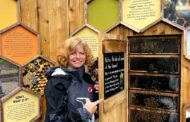
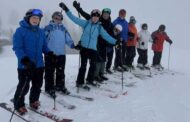



2 Comments
Pingback: Why Emilia-Romagna is Italy’s Culinary Capital
Pingback: Emilia-Romagna: Bologna’s Culinary Delights, Parma’s Prosciutto, and Modena’s Balsamic - Mad Tasting